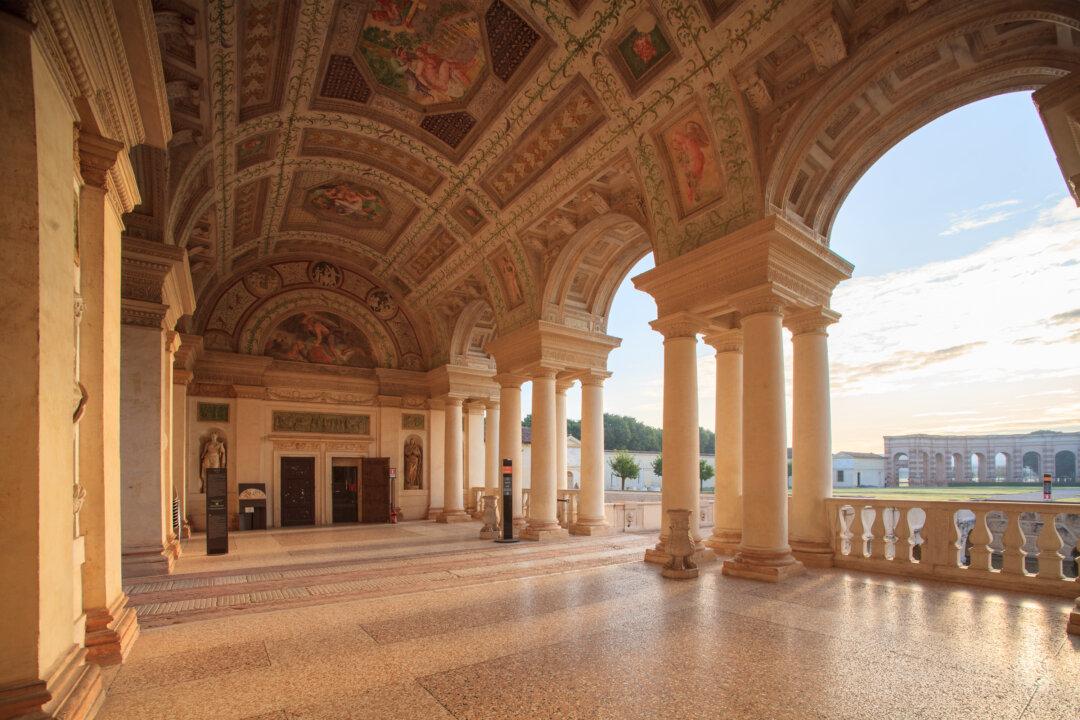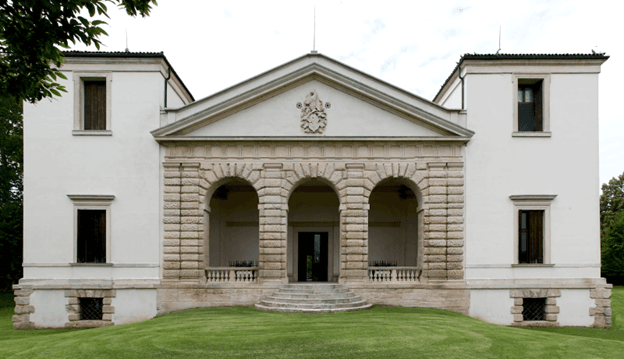With the Amalfi Coast and Pompei as neighbors and the Isle of Capri and Sicily close by, Naples lies at the heart of southern Italy. Historically, it was the gateway to Rome and the north. It was here that the Teatro di San Carlo (Theater of San Carlo) was born and grew to become the cultural heart and symbolic monument of Italy’s third-largest city.
The theater was the inspiration of King Charles III of Spain, who presided over Sicily and Naples in the 18th century. He entrusted architect and Spanish Col. Brig. Giovanni Antonio Medrano with the design. The architectural feat in the neoclassical style was completed in 1737 and restored in 1816 by the Royal House’s architect and set designer Antonio Niccolini after a fire destroyed a large part of it. It stands today as the world’s oldest continuously active venue for opera.





